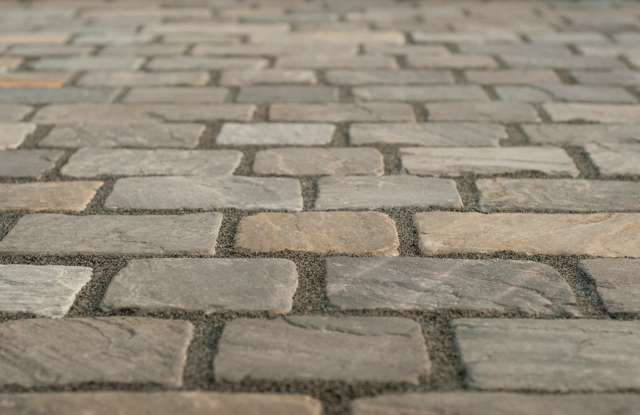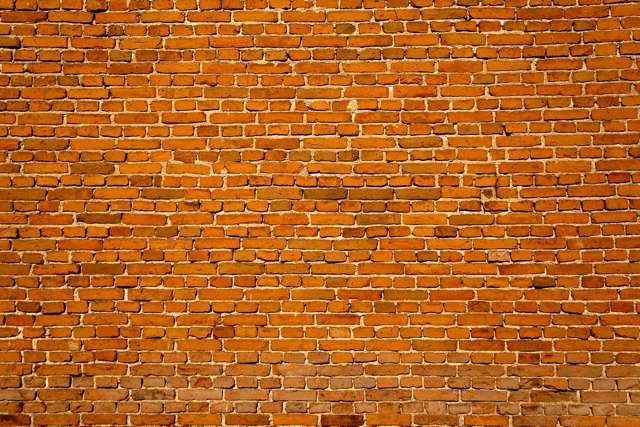
The color of mortar contributes to the aesthetic of any brick structure. Image Credit: Unsplash user Francesco Mazzoli
It’s the same old story. Brick gets all the press, but it’s really the mortar that’s holding everything together. Which means that, for architects, contractors, homeowners, and mortar manufacturers, the color of mortar is every bit as important to the overall aesthetic of a structure as the color of brick. While few may notice or comment on a mortar color that perfectly complements the hue of a building’s brick, incorrectly colored mortar can become glaringly obvious to even the casual observer. For this reason, contractors pay close attention to the mortar color specified by architects and desired by homeowners. Manufacturers, therefore, must closely monitor their products to ensure they continually produce the mortar colors they advertise. This is especially true for manufacturers who fill special color orders from architects, mixing to the preference of their customers.

Architects choose mortar to match the color of their materials. Image Credit: Unsplash User Mike Tinnion



